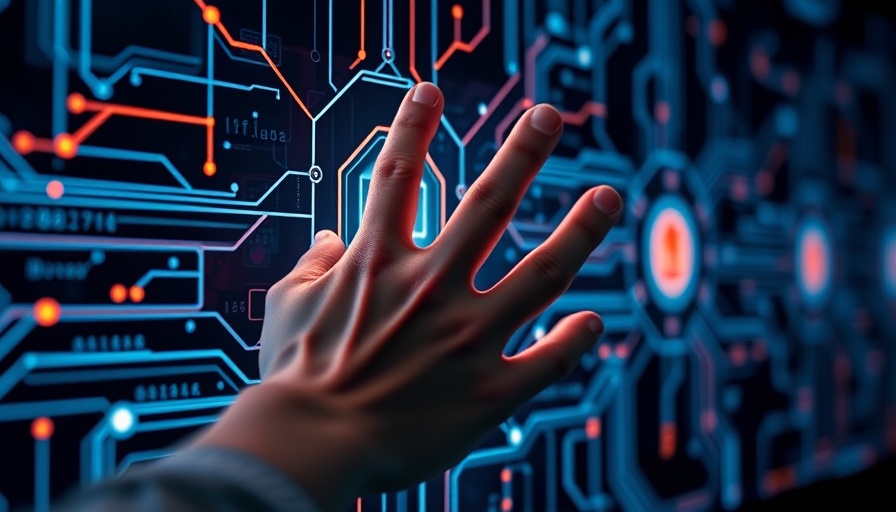
Will Generative AI Replace Junior Developers?
The discussion around Generative AI and its impact on entry-level software development roles has sparked heated debates. While some industry experts predict a drastic shift, others believe there will be a complementary relationship moving forward.
The Role of AI in Software Development
Generative AI tools are not limited to simply offering autocompletions for coding tasks; they are evolving into pivotal assistants in software development workflows. Juan Salinas, VP of business development at Jalasoft, articulates a shifting perspective: duties traditionally assigned to junior developers, such as handling low-risk tickets, are increasingly being allocated to AI tools. This trend raises a concerning question: are recent university graduates really entering the job market prepared? Previously, they were seen as 20-30% job-ready—now, the capabilities of generative AI might suggest a troubling decline in their employability.
Finding the Silver Lining
However, not all prospects are bleak. Rolando Lora, a software engineer, emphasizes that lightweight interactions through “vibe-coding” facilitate rapid prototyping, allowing experienced developers to focus their efforts on higher-level problem-solving. Such interactions hint at a potential future where AI acts as a collaborator rather than a competitor. In this mixed environment, new developers will need to embrace skills such as code review and “context engineering”—understanding how to communicate effectively with AI to achieve optimal results.
The Future of Coding Jobs
It's important to note that while entry-level coding roles are evolving, they are far from obsolete. Experts predict that teams will employ a combination of AI agents to automate mundane tasks while human developers concentrate on complex judgments, system designs, and creative architecture. The challenge is ensuring that educational institutions adapt their curriculums to produce graduates who understand how to work alongside AI, rather than simply relying on automation.
Adapting to Change in the Workplace
As hiring managers navigate this evolving landscape, they must reevaluate job roles and responsibilities. Salinas suggests mapping each task to a spectrum: augmentation, automation, or full agency. Companies are encouraged to invest in upskilling their workforce rather than backfilling low-level positions, which could drown newly-graduated software engineers in rote tasks.
The New Skills for New Developers
Going forward, coding novices will need to adapt their mindset significantly. The traditional route to entry—churning out lines of code—will evolve into a relationship with AI where developers need to verify and trust the outputs of generative tools. This new reality calls for an amalgamation of curiosity, critical thinking, and practical debugging skills. New entrants into the field must be prepared to navigate this uncharted territory, where understanding the output of AI could serve as the essential entry pass into the industry.
Conclusion: Embracing a New Age of Development
As we stand on the brink of a new age in software development, it’s clear that generative AI is set to transform the landscape. While junior developers may have to rethink their approach to their careers, the integration of AI tools offers exciting opportunities for innovation and efficiency. Those entering the field must be ready to embrace change, adapt to new technologies, and develop skills that not only coexist with AI but also harness its power for collaborative success.
 Add Row
Add Row  Add
Add 




Write A Comment